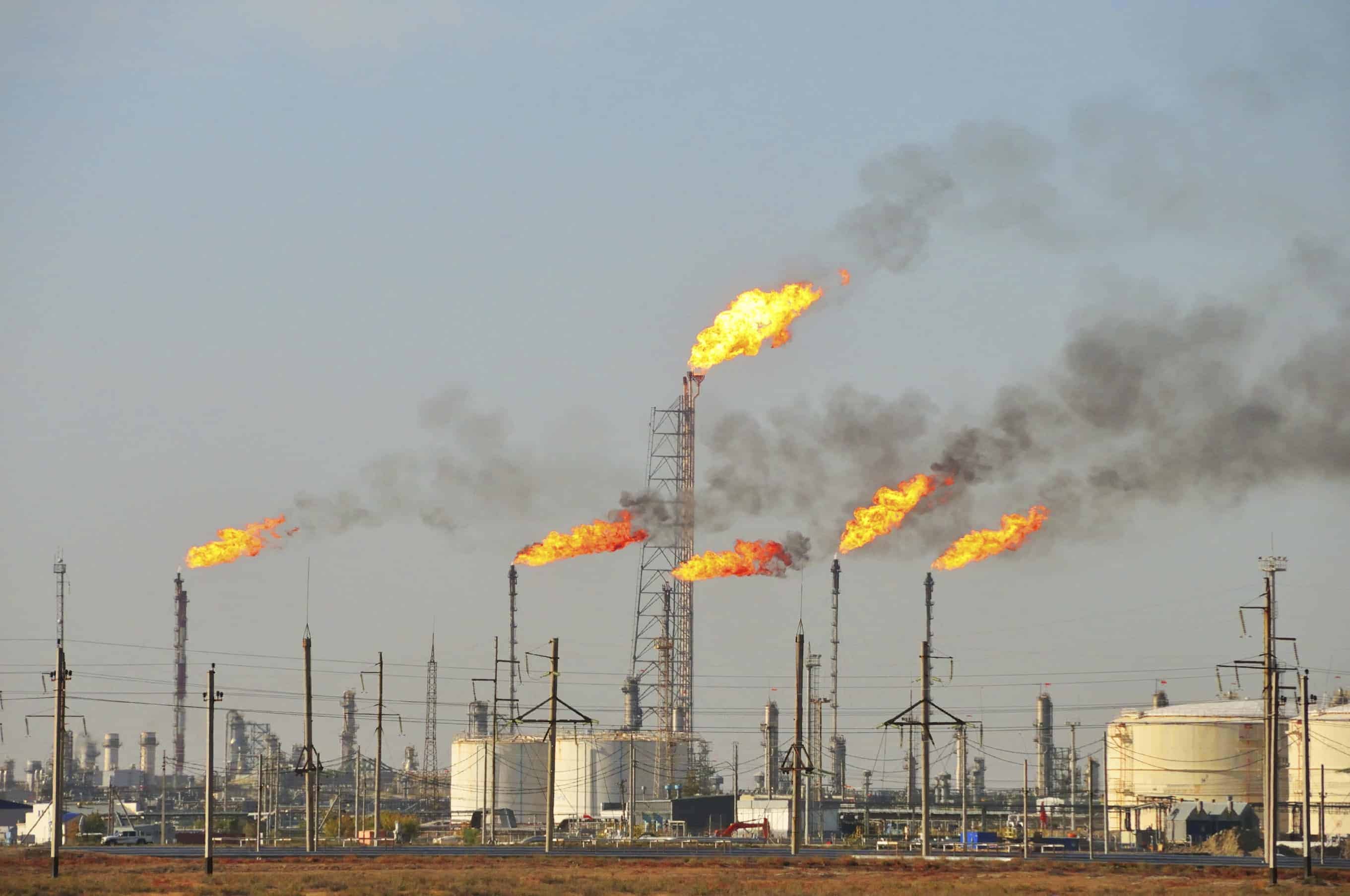Last month, we commented on how Encana Corporation (TSX:ECA)(NYSE:ECA), a major natural gas producer, would likely need to sell assets to complete its transition to an oil producer. In 2015 the company had already sold $2.8 billion in assets, but sources told Reuters that it was open to offers on every one of its non-core assets. It turns out that even some of its four core assets were up for grabs.
This week, Encana announced a $625 million deal to sell assets in northwestern Alberta. The sale includes wells producing 25,200 barrels of oil equivalent a day on about 22,000 hectares of land. Encana said the deal also means it can avoid future spending commitments of $100 million on the property, allowing it to focus on other core areas in Canada and the United States.
How will the deal position Encana for the future?
Over the last 18 months Encana has engaged in a major operational pivot. Over $3 billion in assets have been sold, $2 billion in debt repaid, and half of its workforce laid off. With its latest deal, total drillable locations are down to just 9,000 wells in the Montney Basin. However, two-thirds of these remaining wells are located in the highest-quality, resource-rich part of region.
“We are tightening our portfolio and sharpening our focus in the Montney where we expect to grow liquids production to 50,000 barrels per day by the end of 2018,” Encana CEO Doug Suttles said of the move.
The move towards oil is simplified
In just three years oil has grown from 5% of production to nearly 20%. The latest deal should help accelerate that shift. Already, 96% of Encana’s capital expenditures were dedicated to its four core properties. Because those properties are largely oil producing, Encana’s output should slowly shift away from natural gas. By 2018 natural gas will likely comprise less than 50% of production, down from 82% in 2014.
Shedding assets in the Montney Basin helps considerably. Over 90% of the production at those wells was either natural gas or natural gas liquids. Just 9% stemmed from oil output. Compare this with the company’s Duvernay property, which produces 48% oil. In the Eagle Ford, oil production is even higher at 73% of output. Even Encana’s 146,000 acres in the Permian Basin produces roughly 46% oil.
In May Bloomberg reported that Encana was “weighing the sale of some of its shale assets in western Canada.” While the latest deal is no doubt a part of that plan, don’t be surprised to see the company offload more of its Montney assets given it represents the fastest way to transform itself into a major oil producer.
If you’re an Encana shareholder, this latest deal is great news. Oil generally has better market conditions and, based on Encana’s cost of production, would come with higher profit margins. So far, the company is making all the right moves.







